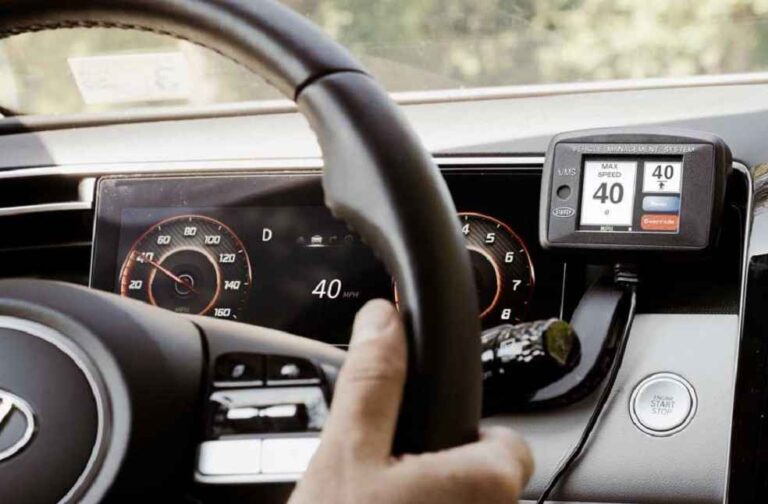A survey conducted by the Insurance Institute for Highway Safety (IIHS) shows that a majority of American drivers, over 60%, are open to their vehicles providing alerts via sounds and visuals when they exceed speed limits. This insight defies the traditional view that such speed-restricting technologies would be unwelcome in America’s robust car culture.
David Harkey, President of IIHS, shared his optimism about these findings, remarking, “These results are promising, indicating a shift in drivers’ attitudes towards safer driving practices.”
Designed by IIHS Senior Research Scientist Ian Reagan, the survey also revealed that about half of the participants are comfortable with technologies that exert more control, such as making the accelerator harder to press or automatically limiting speed. The urgency for such innovations is underscored by the disturbing statistic that speeding was a factor in over a quarter of all U.S. traffic deaths in 2022, totaling more than 12,000 fatalities.

Intelligent Speed Assistance (ISA) systems are emerging as a viable solution to curb habitual speeding. These systems, which might employ GPS and camera technologies to detect and respond to actual speed limits, are about to become mandatory in the European Union for new cars, equipped with at least an audible or visual warning system, although these can be deactivated manually.
Reagan’s survey of 1,802 drivers assessed the reception of various ISA configurations. The findings indicate a robust preference for advisory systems that alert drivers without forcibly reducing vehicle speed. More than 80% of respondents were favorable towards features that display current speed limits, and over 70% valued a gentle tone that signals speed limit changes.

Resistance remains, particularly among those who speed frequently, with about half of the respondents in the intervention-focused groups likely to deactivate such systems regularly. Reagan suggests that broader adoption could be encouraged through regulatory measures or incentives like reduced insurance premiums for compliant drivers.
Looking forward, the United States faces the challenge of persuading both automakers and drivers to integrate ISA systems, potentially revolutionizing road safety. Harkey pointed out, “This technology allows for sophisticated, targeted interventions previously out of reach. The imperative now is to mobilize both automakers and drivers to adopt these innovations, opening a new chapter in traffic safety.”
GENERAL | JLR Funds UK Police with £1M to Combat Vehicle Theft





